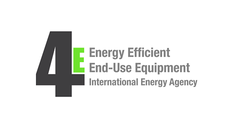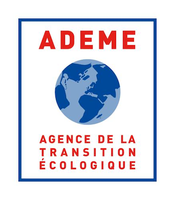Search eceee proceedings
The material impacts of an energy transition based on sufficiency, efficiency, and renewables
Panel: 9. Deep decarbonisation of industry
This is a peer-reviewed paper.
Authors:
Emmanuel Rauzier, Association négaWatt, France
Edouard Toulouse, Association négaWatt, France
Edouard Toulouse, Association négaWatt, France
Abstract
For two decades now, the négaWatt Association has published and updated a comprehensive energy transition scenario for France showing how the country could switch to a 100 % renewable supply with the support of energy efficiency and sufficiency to curb demand.
Recurrent questions were often heard about the material impacts of such a scenario, e.g. on the risks of potential depletions and how sufficiency and circular economy principles could be applied to material resources. To answer such interrogations, the scenario experts have undertaken a considerable modelling work and developed a calculation tool called ‘négaMat’.
This paper describes the objectives and approach of négaMat. It specifies in details its methodological step and illustrates them by results obtained through its application to the French négaWatt scenario.
It shows for instance that buildings and civil works represent the largest tonnage of material use, and moderating the need for new buildings would have a substantial impact. Sufficiency could also reduce the consumption of other goods (paper, electronics, vehicles…). The calculation module reveals how these drops in consumption could be offset by smart relocation of some manufacturing sectors in the country, leading to a relative stabilisation of the total industrial activity.
NégaMat can also provide insights on which material resources could be put under pressure by energy transition. Iron is not really an issue, but copper deserves special attention in the development of a 100 % renewable grid. Electric mobility is also a source of concern, as a one-to-one electrification of current vehicles would lead to significant difficulties with respect to lithium. Only a scenario in the négaWatt spirit with sufficiency efforts (less distance travelled, substantial modal shift, higher carpooling and a mix of sustainable motorisations) could mitigate the risks on the resource.
Downloads
Download this paper as pdf: 9-089-22_Rauzier.pdf
Download this presentation as pdf: 9-089_Rauzier_pres.pdf
Panels of
1. Dynamics of consumption: less is more?
2. Efficiency and beyond: innovative energy demand policies
3. Policy, finance and governance
4. Monitoring and evaluation for a wise, just and inclusive transition
5. Towards sustainable and resilient communities
6. Energy-efficient and low-carbon mobility for all
7. Policies and programmes for better buildings
8. Innovations in products, systems and building technologies



























